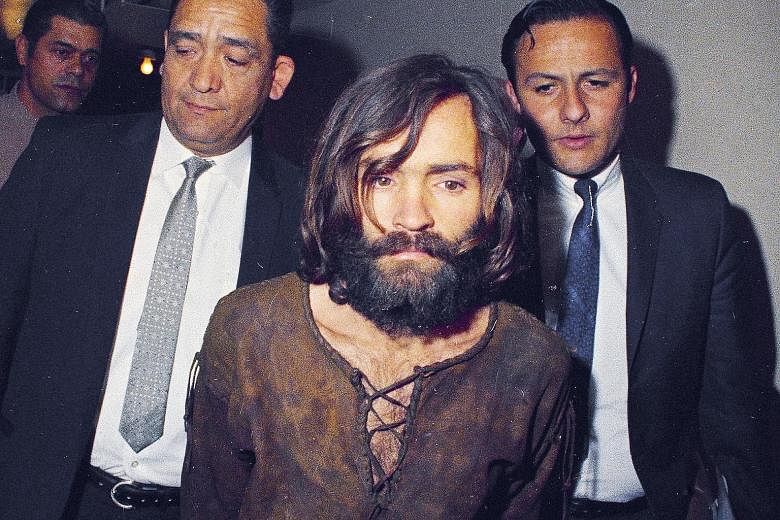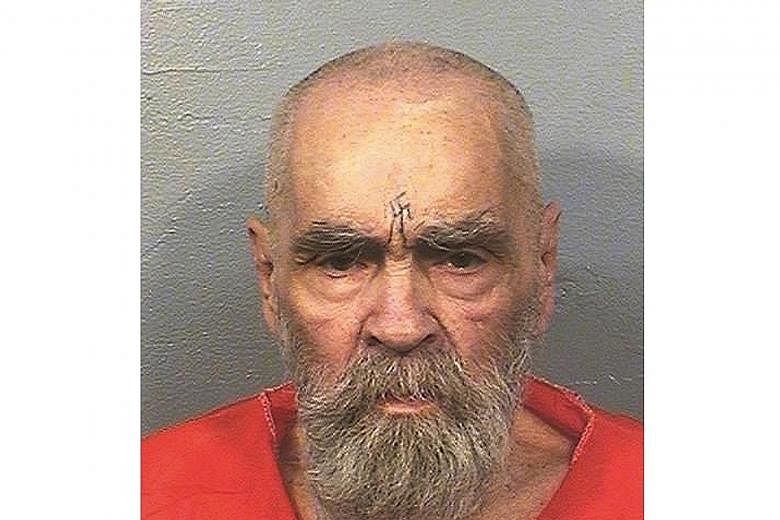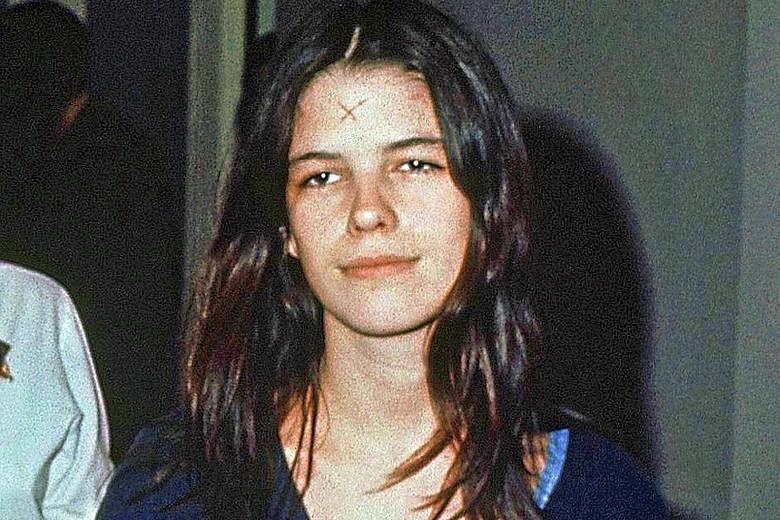LOS ANGELES • Mr Stephen Kay was a fresh-faced prosecutor just 27 years old and three years out of law school when circumstances handed him the Manson "family" murder case.
Over the next half-century, it would come to define his career and lead to death threats that to this day he worries a Manson sycophant might try to carry out.
"I always look around to see if I'm being followed," the 76-year-old retired prosecutor said recently as he paused to discuss the case - Quentin Tarantino movie Once Upon A Time In Hollywood is set during the time of the murders - that punctured the peace, love and happiness movement that flowered in the late 1960s.
Mr Kay helped lock up Manson family members, but never really relinquished the case in his nearly 40 years in the Los Angeles County district attorney's office.
He attended some 60 parole hearings over the years where he argued the killers should never be released.
It was 50 years ago this week that Manson, a small-time career criminal who had reinvented himself as a hippie guru, dispatched a band of disaffected young followers on a weekend rampage that would terrorise Los Angeles.
On that first night, Aug 8, 1969, he sent a handful of his young, mostly female followers to the hilltop estate of actress Sharon Tate with orders to kill everyone there.
The 26-year-old actress and four friends were bludgeoned, shot and stabbed scores of times.
The next night, Manson led a handful of followers to the home of wealthy grocer Leno LaBianca and his wife, Rosemary, tying up the couple and leaving the others to butcher them with knives.
The authorities would say later that it was part of a plot Manson hatched to persuade gullible young followers to launch a race war that only he could hide them from. He had got the premonition, they added, from a twisted interpretation of The Beatles song Helter Skelter.
The killers went on trial the following year, and Mr Kay joined the prosecution team two months later after the original lead prosecutor was dismissed.
Mr Key said the Manson trial was "definitely the most bizarre" case he ever tried, adding with understatement: "It was almost a circus."
The cult leader and his followers carved Xs into their foreheads to show their disdain for society. At one point, Manson jumped over the defence table with a pencil in hand and shouted at the judge that someone should cut off his head.
Outside the courthouse, Manson followers not implicated in the killings gathered daily to sing songs and even threaten to set themselves on fire. One day, two young female followers sneaked up alongside Mr Kay in the courthouse parking lot.
"They said they were going to do to my house what was done at the Tate house," he said, adding that he had a bodyguard throughout the trial.
Over the years, Manson, who died in 2017, would threaten his life from behind bars.
When that trial was completed after nearly a year, Manson and three followers - Susan Atkins, Leslie Van Houten and Patricia Krenwinkel - were sentenced to death but later had their punishment reduced to life in prison.
Van Houten has earned bachelor's and master's degrees in counselling and leads programmes to rehabilitate fellow inmates.
She was recommended for parole three times in recent years, but each time the governor blocked the recommendation.
"I admit that she's a model prisoner and I commend her for that, and I think she should keep doing her good work in prison," Mr Kay said. "But you know, the victims in this case were dead and buried in 1969. They don't get any parole."
Retired for several years now, he still keeps in touch with Tate's younger sister, Debra, having grown close to the family during the trials and parole hearings.
Meanwhile, new books and films about Manson seem to come out every year, but Mr Kay said people should not expect one from him.
"It would be nice if it would just go away," he added of the public's continuing fascination with Manson.
"But it's the case that never goes away."
ASSOCIATED PRESS



